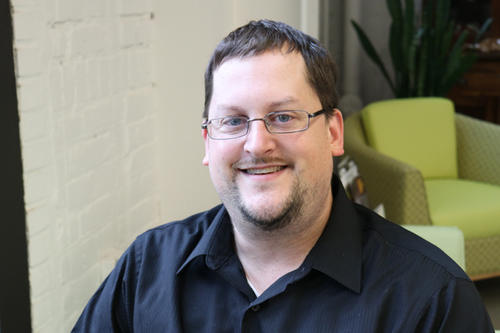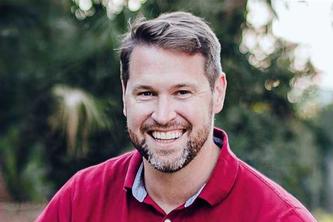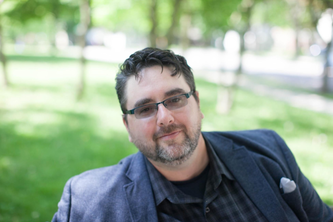
The 2019 legislative session has ended following a bipartisan budget agreement between Democratic Gov. Tim Walz and Republican leaders in the Senate. But how does that agreement illustrate Minnesota’s rural-urban political divide?
Tim Lindberg, an assistant professor of political science at the University of Minnesota Morris, is available for comment on how the rural-urban divide in Minnesota politics played out this legislative session, and what it could mean for the 2020 election.
Tim Lindberg, Ph.D.
On how the rural-urban divide played out during this year’s legislative session:
Governor Walz is from rural Minnesota and fended off urban challengers in the DFL primary in 2018. In his first full legislative session, we saw him compromise on some issues, particularly instituting no new taxes beyond an extension of the provider tax. In that sense, you could argue that Walz has bridged the divide.
At the same time, one of the core goals of the Walz administration was an increase in the state’s gas tax to pay for infrastructure improvements, which he dropped in the final agreement. The gas tax, while framed as an urban-rural issue, generally affects people living in the outer suburbs of the Twin Cities, represented almost exclusively by Republicans, more than it does most rural residents of Minnesota. The gas tax raise, therefore, united nearly all Republicans together, regardless of what type of communities they represent.
In other cases, rural and urban lawmakers worked together to pass legislation that affects the whole state, such as funding for Local Government Aid (LGA) provided to cities throughout Minnesota, efforts to continue expanding broadband access in rural Minnesota and a fee imposed on opioid manufacturers that will pay for treatment services. The urban-rural divide, rather than just being a story of Republicans versus Democrats, is more nuanced.
On what it could mean for the 2020 election:
As we move toward the 2020 elections, the partisan divide between urban and rural areas will continue to be important. Democrats at the national level are debating how, if at all, to regain some of the support in rural areas that they have lost since 2012, particularly in the Midwest.
The 2020 election is also extremely important because redistricting will occur afterwards. Given the continued growth of the Twin Cities metro and the stagnation or even decline of many rural counties, this means that redrawn districts will increasingly have urban or suburban areas within them, which will likely help Democrats. It will also likely further the ideological and partisan gap between those who represent rural areas and those who represent urban areas. This phenomenon is occurring in many Midwestern states, including those President Trump narrowly won in 2016.
The rural-urban divide will matter greatly in 2020, but it is not yet clear which party might benefit the most from it.
Tim Lindberg earned a Ph.D. in political science from the State University of New York at Albany and a Bachelor of Arts in history and political science from the University of Minnesota Morris. His research explores the politics of rural Minnesotans and their perceptions of their urban counterparts.
Contact Information:
To arrange an interview, contact Jenna Ray at the University of Minnesota Morris at (320)589-6068 or [email protected].
- Categories:
- Law and Policy





